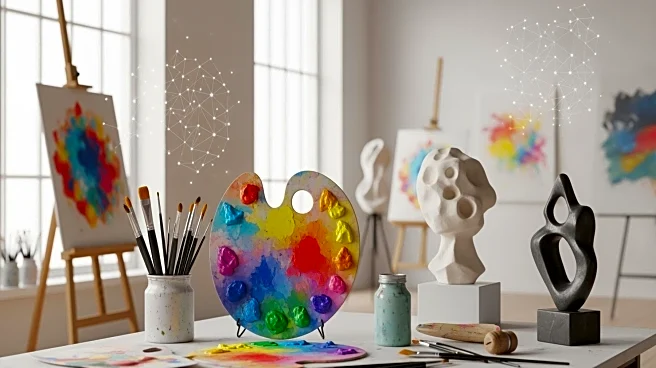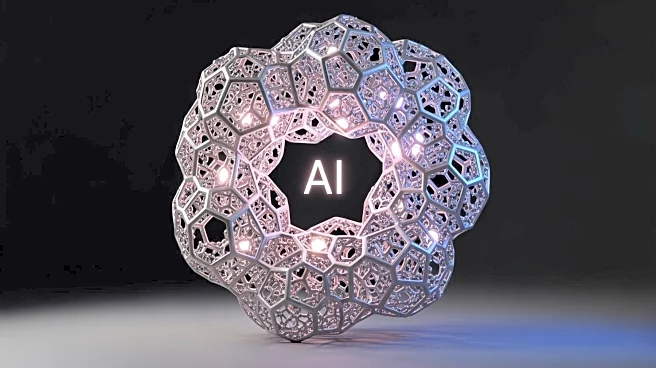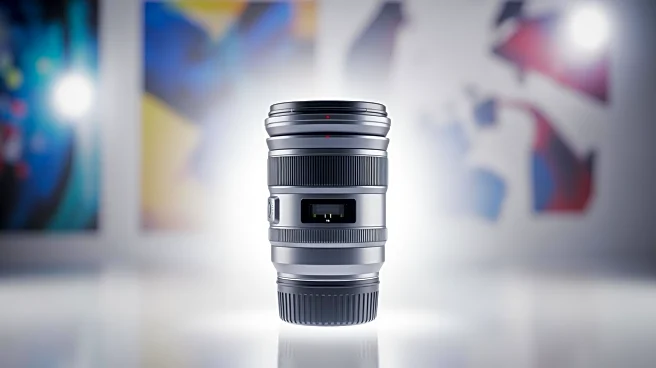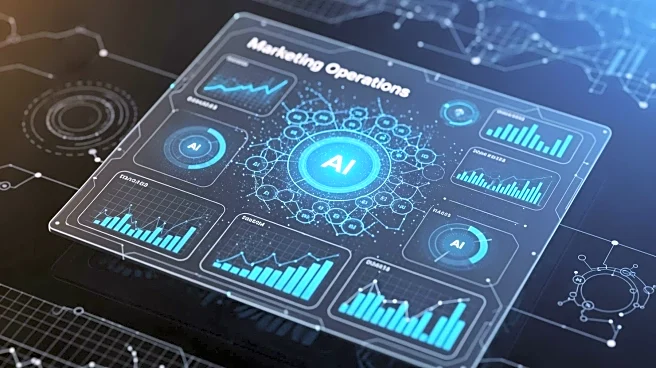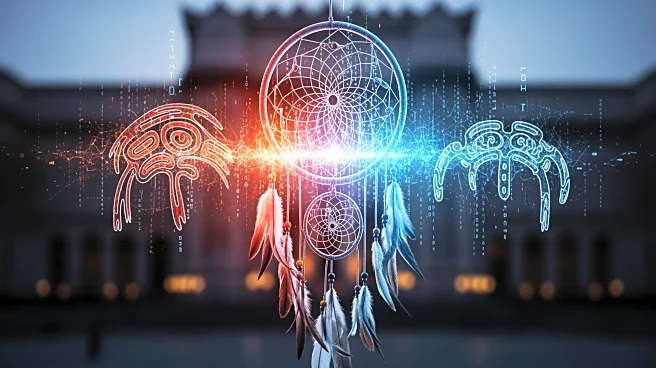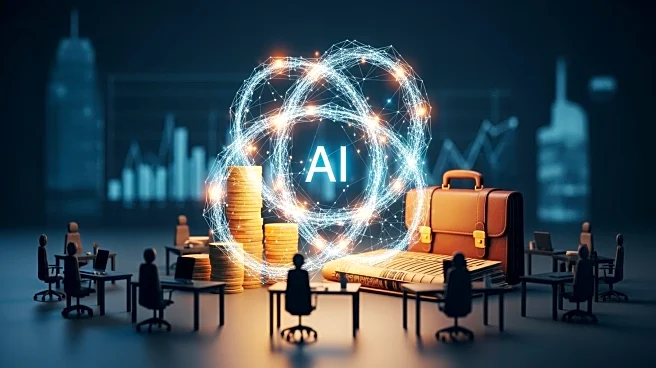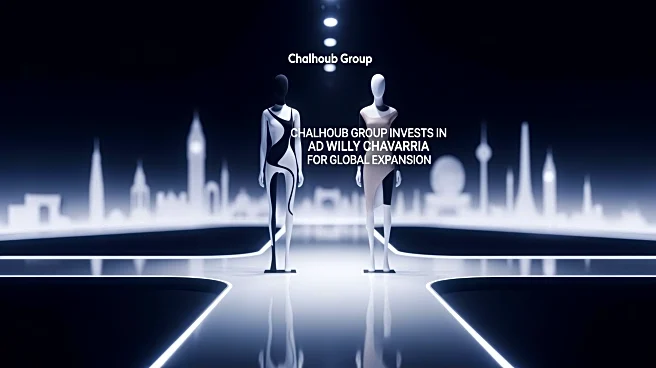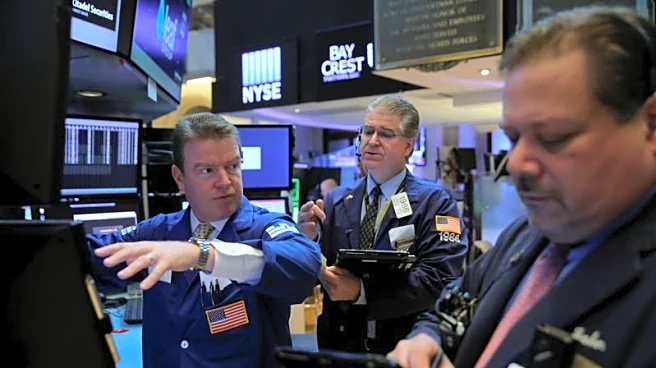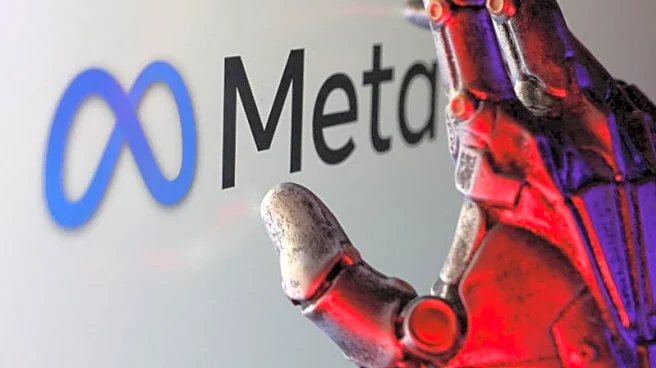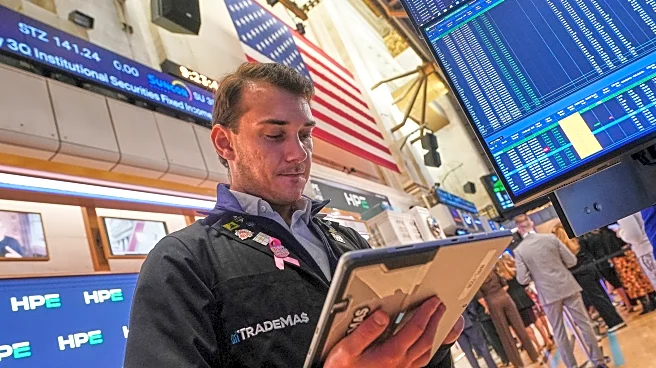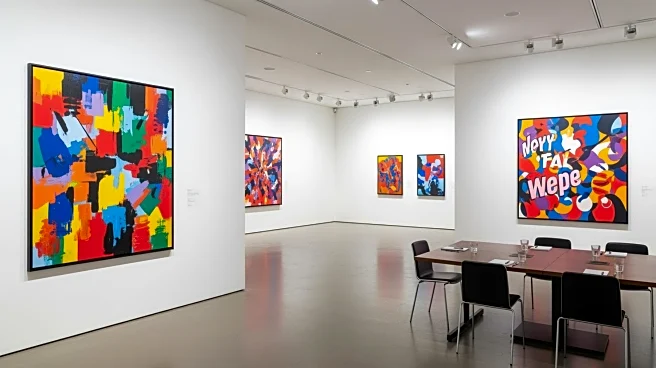What's Happening?
Students at the Pratt School of Design in New York are actively engaging with the evolving landscape of art and technology, particularly focusing on the integration of artificial intelligence (AI) into
creative processes. As art schools experience a surge in applications, these students are exploring how AI can be used to enhance artistic expression and creativity. The intersection of technology and art is becoming a significant area of study, with students examining the potential of AI to transform traditional art forms and create new avenues for artistic innovation.
Why It's Important?
The integration of AI into art education is crucial as it reflects broader trends in the creative industries where technology is increasingly influencing artistic practices. This development is significant for the future of art education, as it prepares students to work in environments where digital tools and AI are prevalent. The ability to navigate and utilize AI in creative processes can provide students with a competitive edge in the job market, as industries seek professionals who can blend technical skills with creative thinking. Moreover, this trend highlights the growing importance of interdisciplinary approaches in education, fostering innovation and adaptability among future artists.
What's Next?
As AI continues to evolve, art schools like Pratt are likely to expand their curricula to include more courses focused on digital tools and AI applications in art. This could lead to collaborations with tech companies and increased investment in technology-driven art projects. Students may also begin to showcase their AI-enhanced artworks in exhibitions, further blurring the lines between traditional and digital art forms. The ongoing dialogue between technology and art is expected to inspire new creative movements and redefine the boundaries of artistic expression.
Beyond the Headlines
The ethical implications of using AI in art are an important consideration, as questions arise about authorship and originality. As AI tools become more sophisticated, the distinction between human and machine-generated art may become increasingly complex, prompting discussions about the value and authenticity of AI-created works. Additionally, the cultural impact of AI in art could lead to shifts in how society perceives creativity and the role of artists in the digital age.
